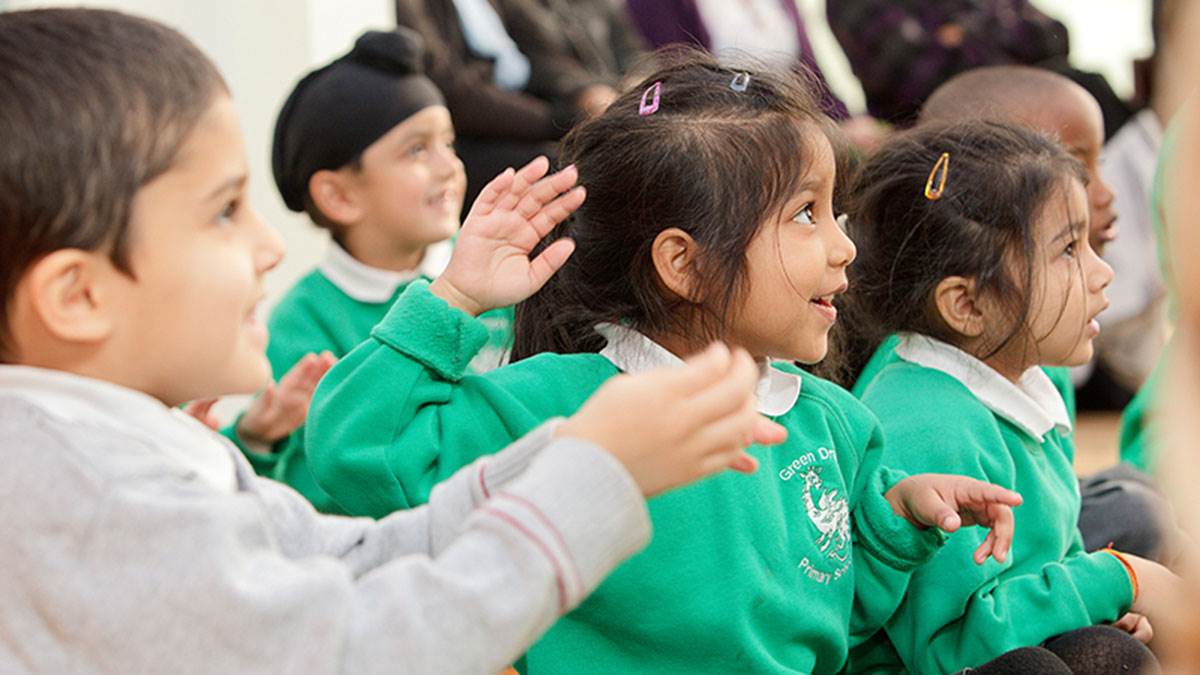Successful storytelling, by Vera Waters
Author Vera Waters says that telling children a story is as easy as 1, 2, 3...

- Find a comfortable place to sit. There may be a particular chair that you like.
- Make sure that the children are at ease. Some may prefer to lie on the floor.
- Small children usually want to be closer to you than their older sisters and brothers. If you're sharing a book, let them climb on to your knee so they can see any illustrations.
- Remember, whatever the age of the children, whoever they are, you're taking them on a journey into their own imagination. You need to have the confidence to take the first steps to show them the way. They will follow!
- Try to see the world from a child's point of view. To a small child, the world is full of legs – they have to step back to see more. Many people find that storytelling takes them back to their own childhood.

- When telling a story, it's a good idea to take on the characters of the people or animals. So if Mr Duck quacks, you quack too. Or stand up tall and spread your arms, like the tree in the story. Your listeners will probably join in.
- Children enjoy hearing the same stories re-told over and over again. Why is that so? Because as the story unfolds they know what is going to happen next. They feel as though they belong inside the story. This helps them to gain confidence. Even the shyest child wants to respond.
- Some children are easily distracted. For them, short and funny stories are the best to hold their attention. Laugh along with them.
- Always remember to look at the children. Eye contact is very important and so is the tone of your voice.
- Children love to copy adults. If they see you reading a book, magazine or newspaper, they'll want to do the same.
